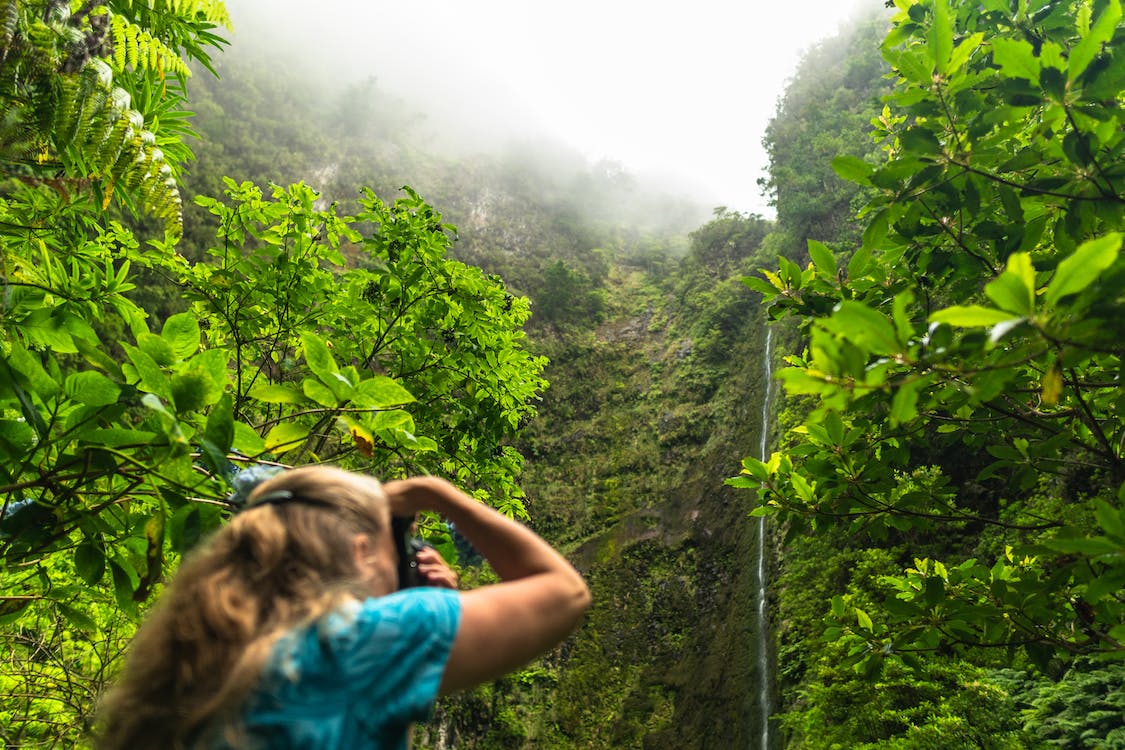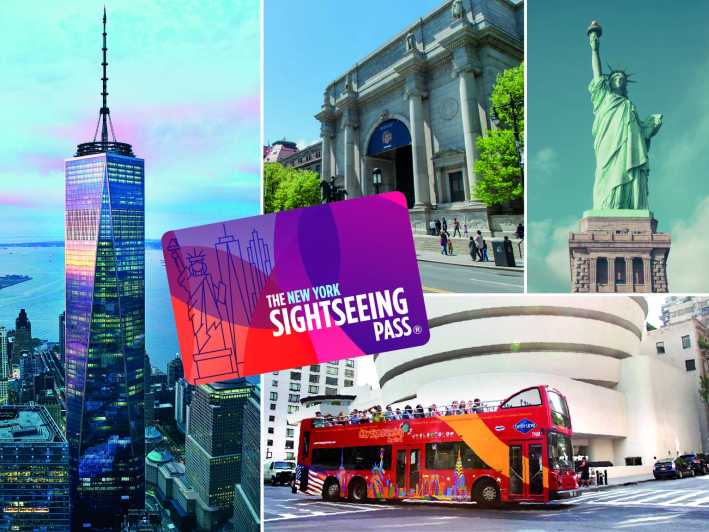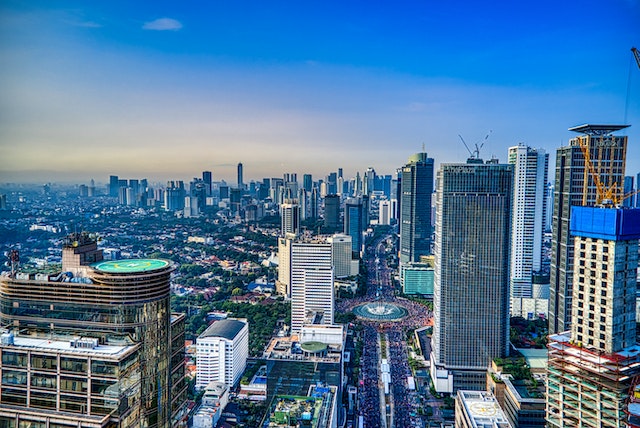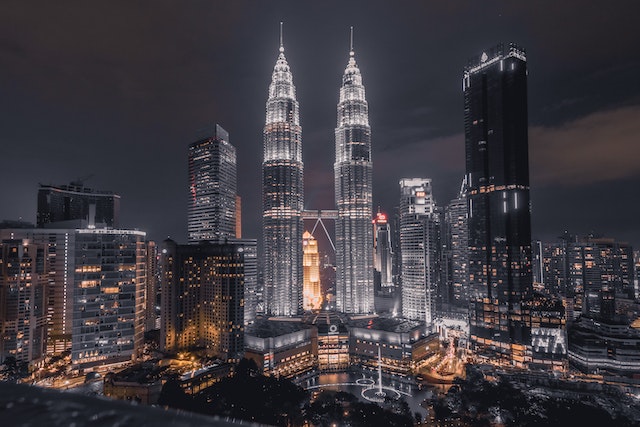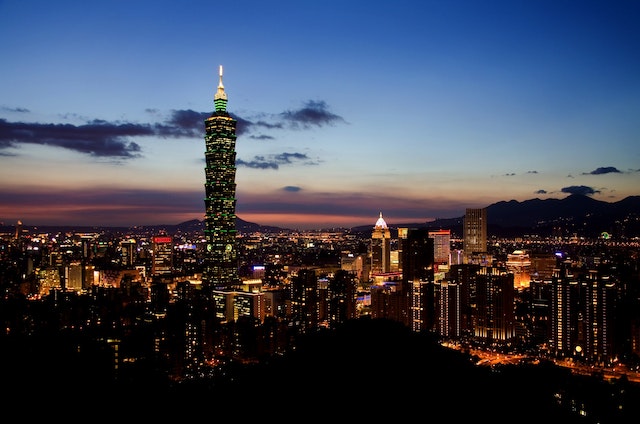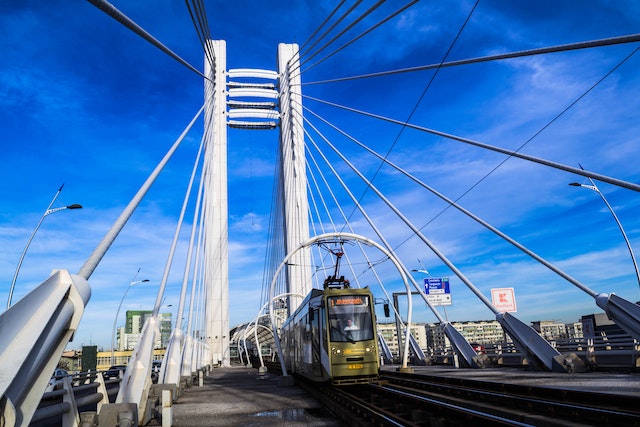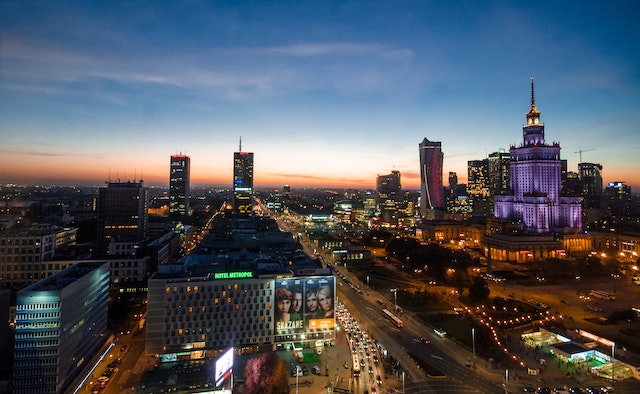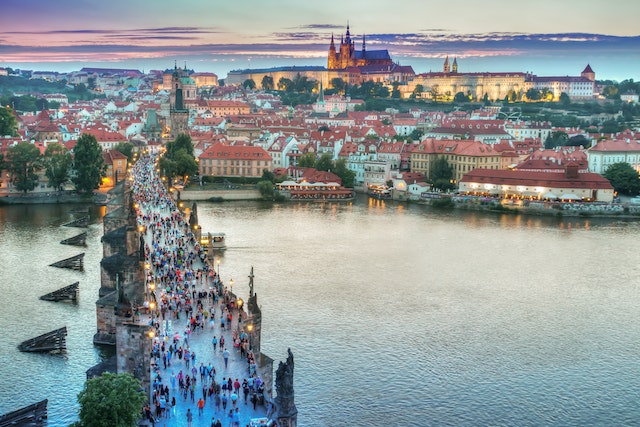Are you ready to embark on an adventure and capture the breathtaking beauty of nature through your lens? I’ve had the privilege of witnessing awe-inspiring landscapes that have left me in utter amazement. Today, I want to share with you some practical techniques and insights I’ve gained over the years to help you capture the true essence and beauty of nature on your travels. So, grab your camera, pack your sense of wonder, and let’s dive into the art of photographing landscapes!
Scout for Unique Locations
The world is filled with incredible landscapes waiting to be discovered. Do some research and seek out unique locations that resonate with your sense of adventure. Look for hidden gems and off-the-beaten-path spots that offer something different from the typical tourist destinations. Whether it’s a secluded waterfall, a stunning mountain range, or a serene beach at sunrise, finding these unique locations will set the stage for capturing truly memorable photographs.
Use Wide-Angle Lenses for Grandeur
When it comes to landscape photography, a wide-angle lens is your best friend. It allows you to capture the grandeur and vastness of the scene, immersing viewers in the beauty of nature. Experiment with different focal lengths, but aim for something in the range of 10-24mm. Wide-angle lenses also excel at creating depth and capturing foreground elements that lead the viewer’s eye into the frame.
Master the Rule of Thirds:
The rule of thirds is a fundamental composition technique that can greatly enhance your landscape photographs. Imagine dividing your frame into a grid of nine equal sections (two horizontal lines and two vertical lines). Position key elements of your landscape along these lines or at their intersections. This technique adds balance and visual interest to your photos, creating a more pleasing and dynamic composition.
Capture the Magic of Golden Hour
Golden Hour, that magical time shortly after sunrise and before sunset, is a landscape photographer’s dream. The soft, warm light creates a stunning atmosphere, adding a touch of magic to your images. Wake up early or stay out late to make the most of this enchanting light. Experiment with backlighting, silhouettes, and capturing the beautiful colors that unfold during this time. Trust me, the results will be truly breathtaking.
Utilize Leading Lines and Points of Interest:
Leading lines and points of interest can add depth and guide the viewer’s eye through your photograph. Look for natural elements like roads, rivers, or pathways that draw the viewer into the scene. Utilize rock formations, trees, or other prominent elements as points of interest that anchor your composition and create a focal point. These techniques not only add visual appeal but also create a sense of exploration and adventure.
Experiment with Long Exposure:
Long exposure photography is a technique that allows you to create stunning effects in landscape photography. By using a longer shutter speed, you can capture the movement of water, clouds, or other elements, resulting in a dreamy, ethereal look. Invest in a sturdy tripod to keep your camera stable during long exposures and experiment with different exposure times to achieve the desired effect. Long exposures can transform an ordinary scene into a mesmerizing work of art.
Conclusion
Photographing landscapes is a rewarding way to capture the beauty and wonder of the natural world. By scouting for unique locations, using wide-angle lenses, mastering the rule of thirds, capturing the magic of Golden Hour, utilizing leading lines, and experimenting with long exposure, you can create captivating images that transport viewers to the heart of your travels. So, venture forth with an open heart, an inquisitive eye, and a camera in hand. Let the beauty of nature inspire you, and may your photographs become windows through which others can experience the magnificence of our planet. Happy shooting and may your journeys be filled with breathtaking landscapes at every turn!

